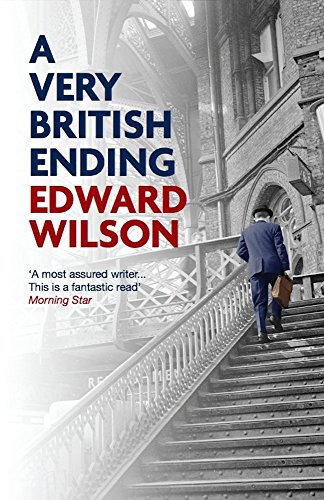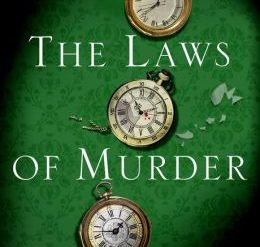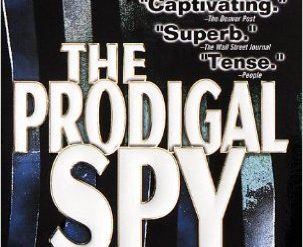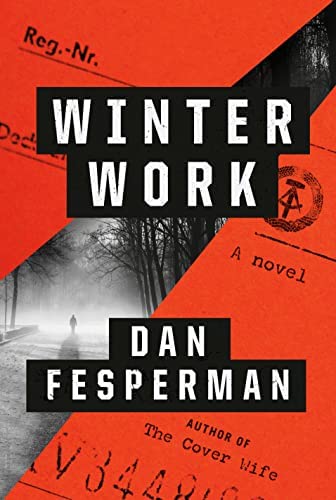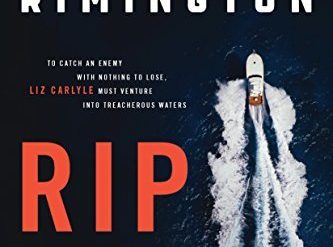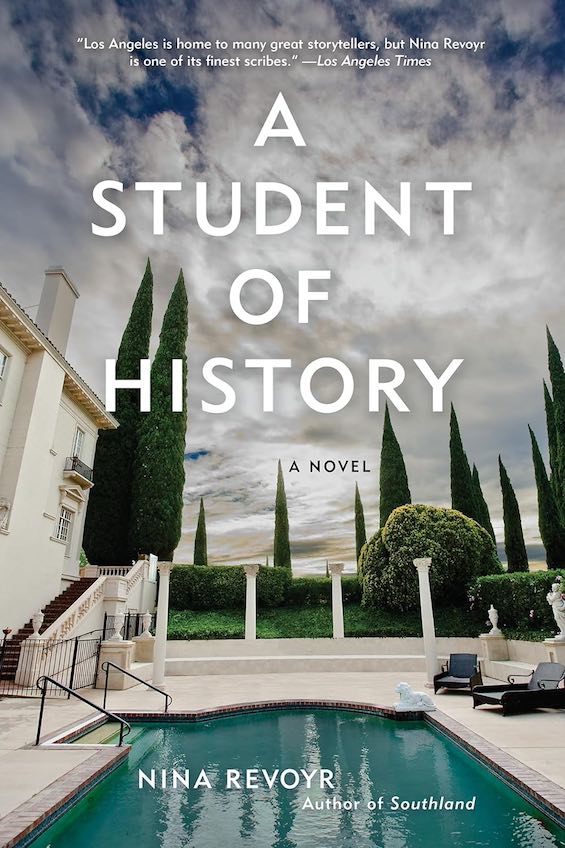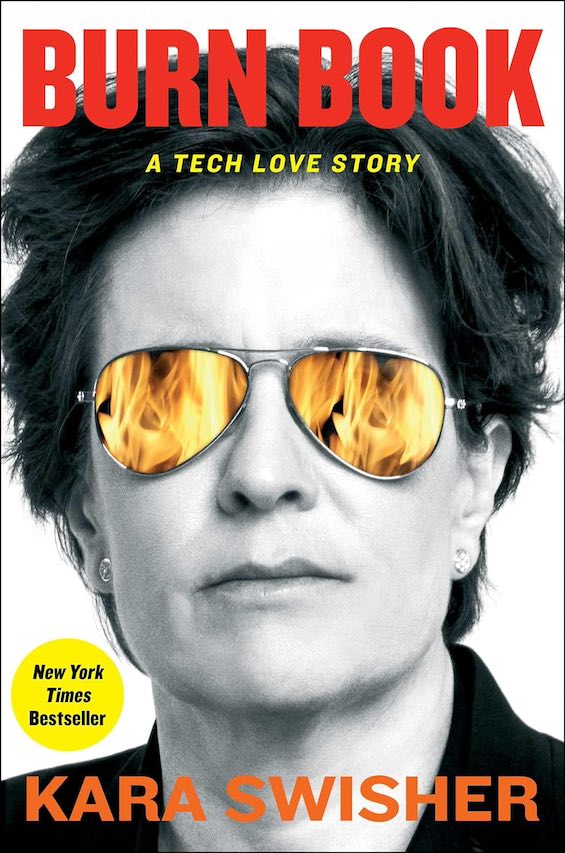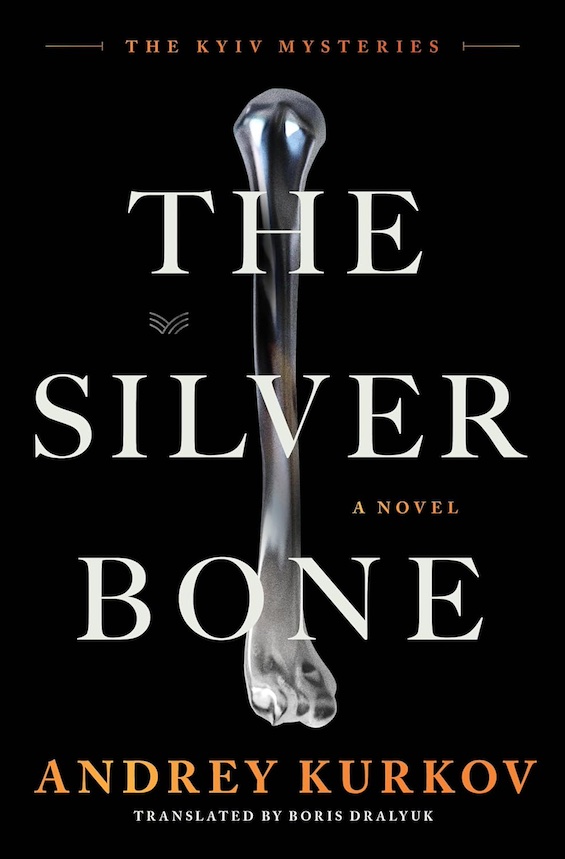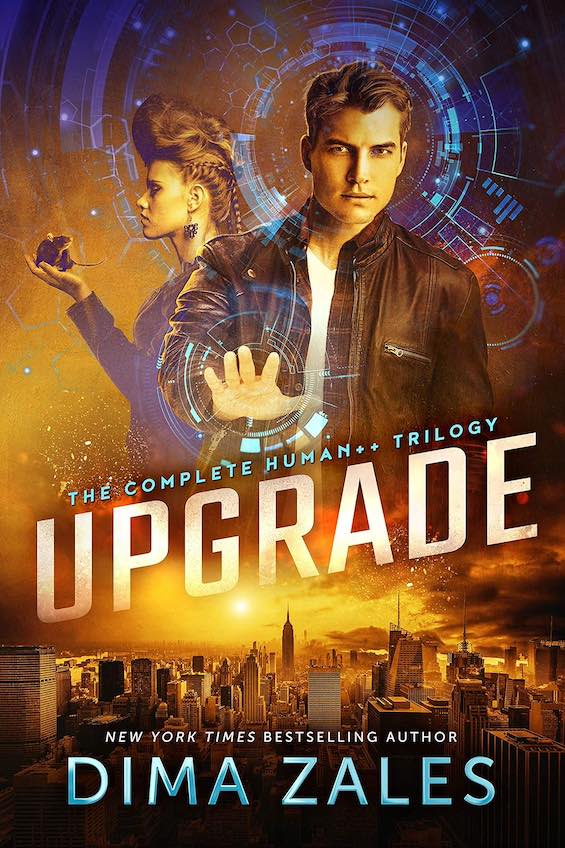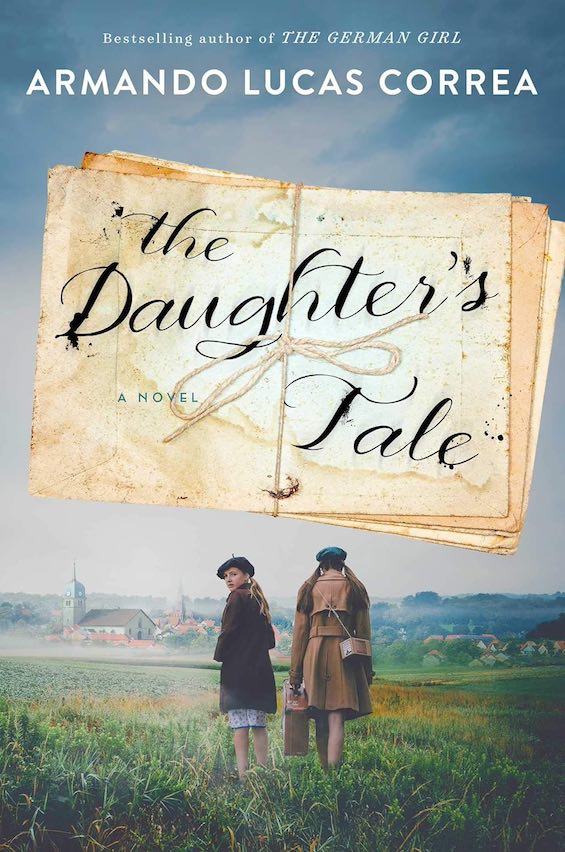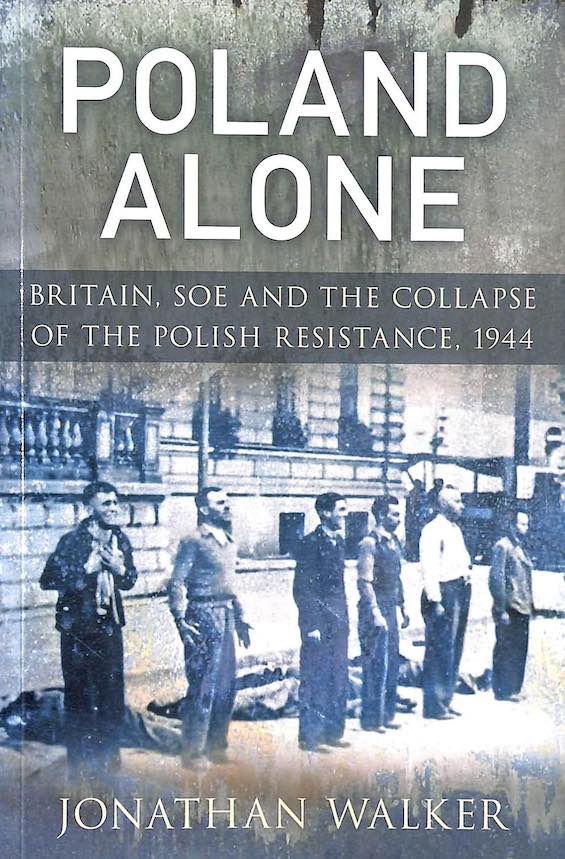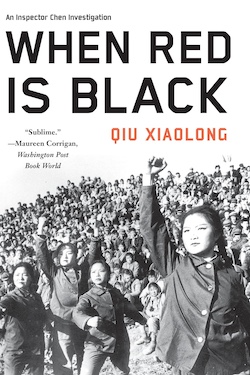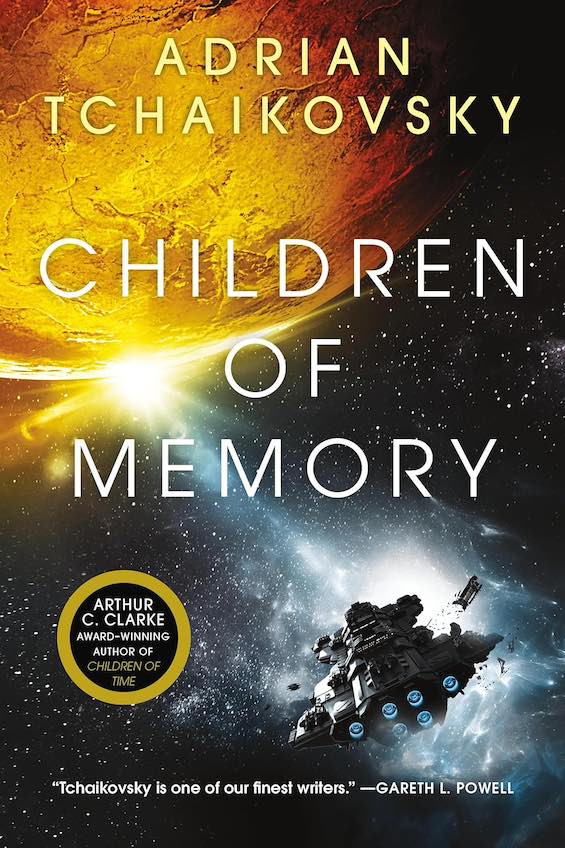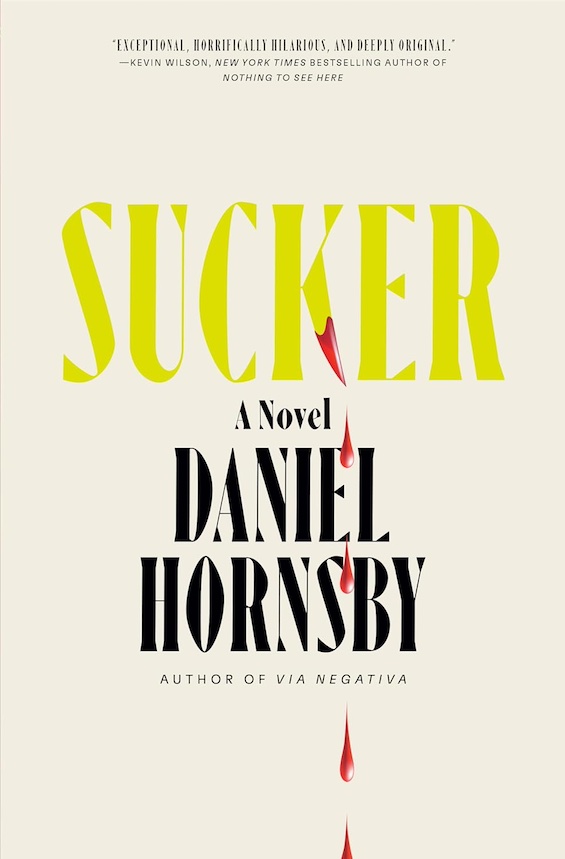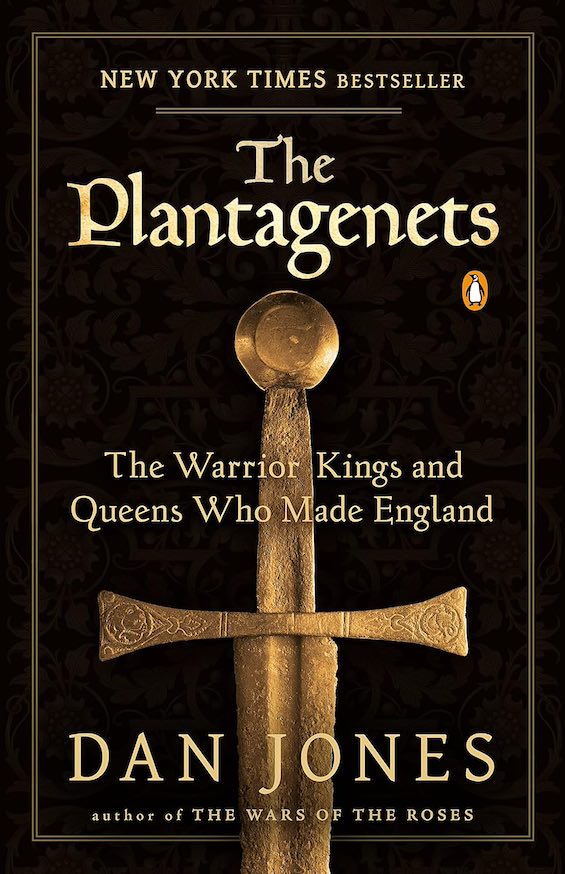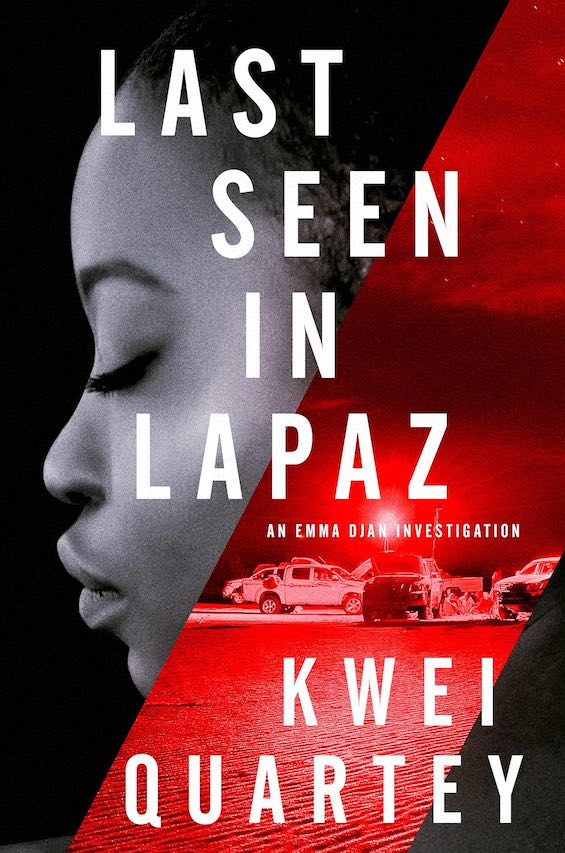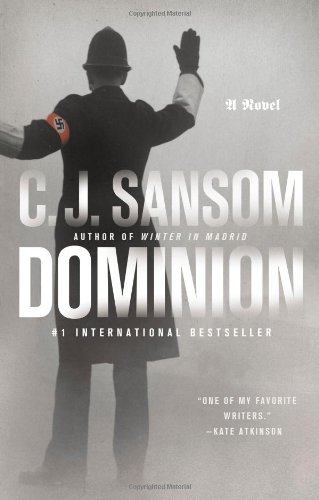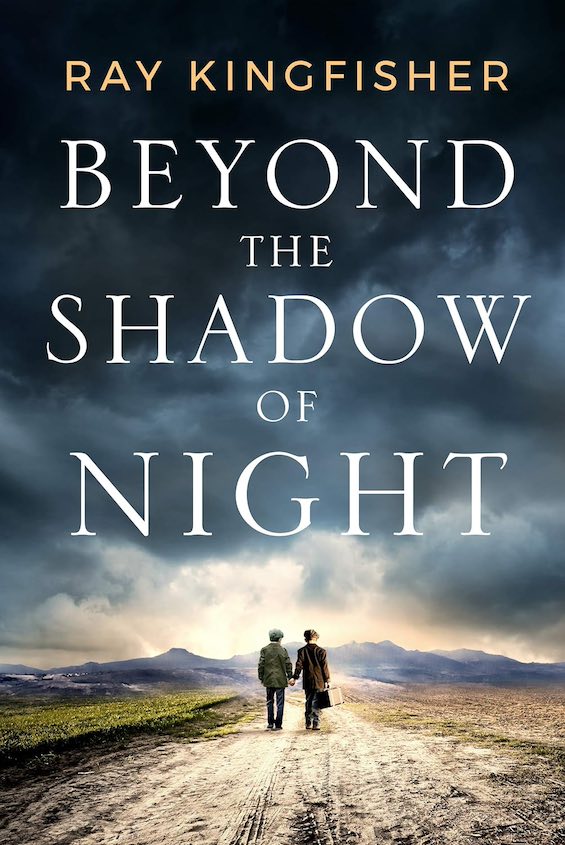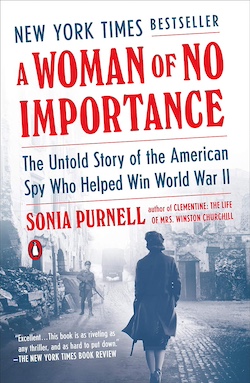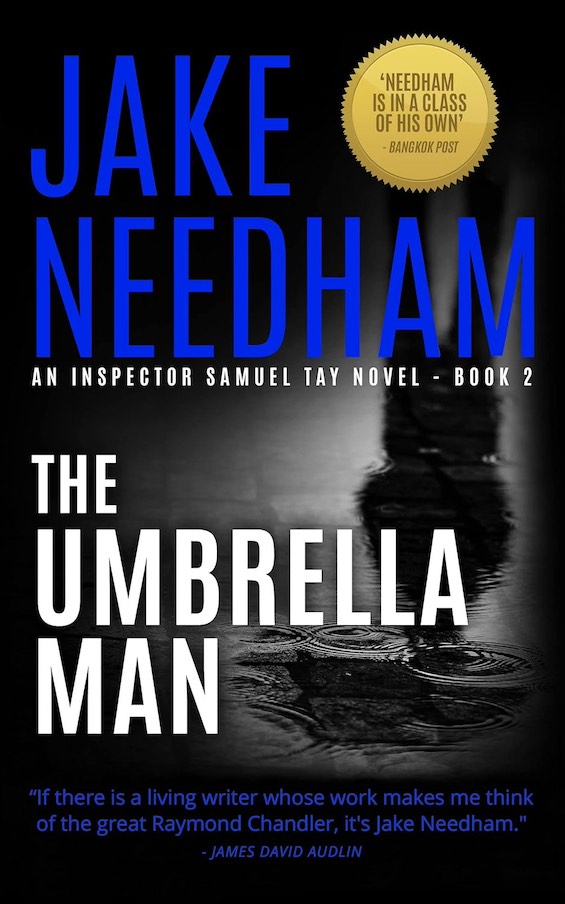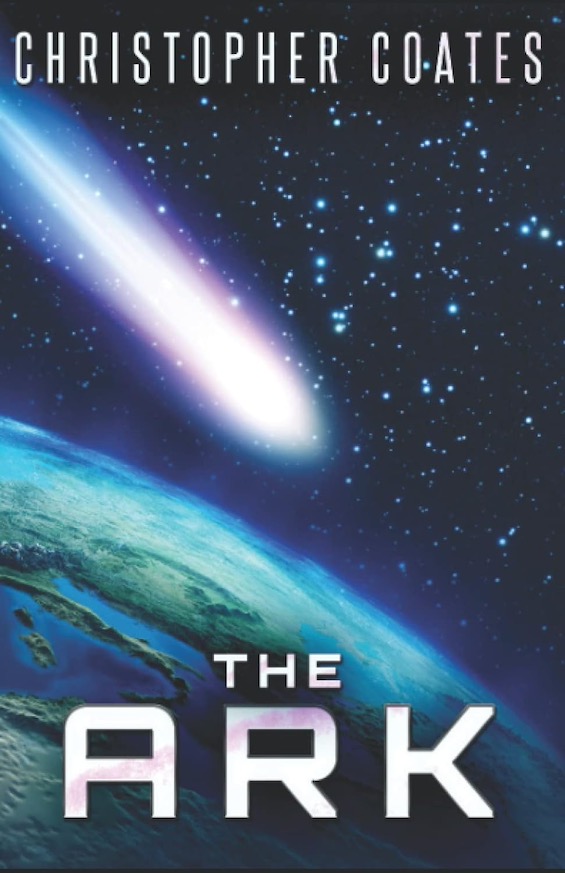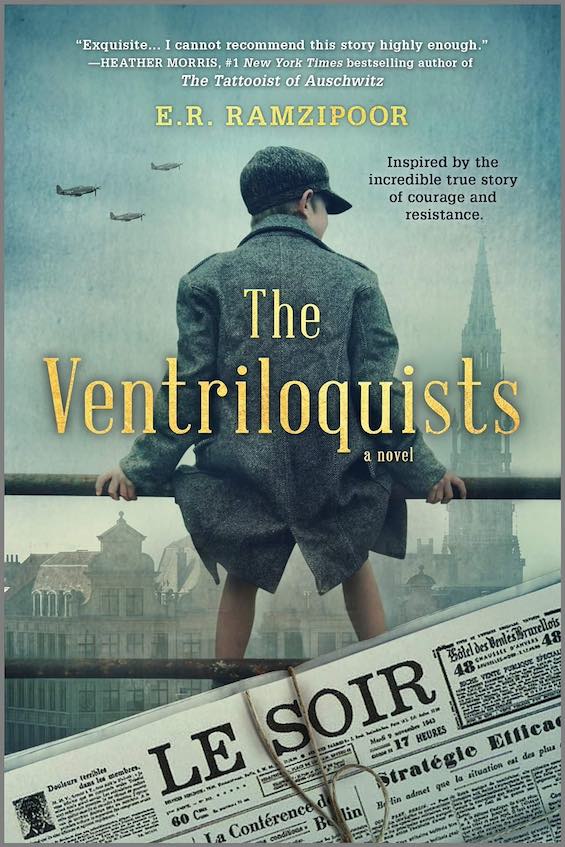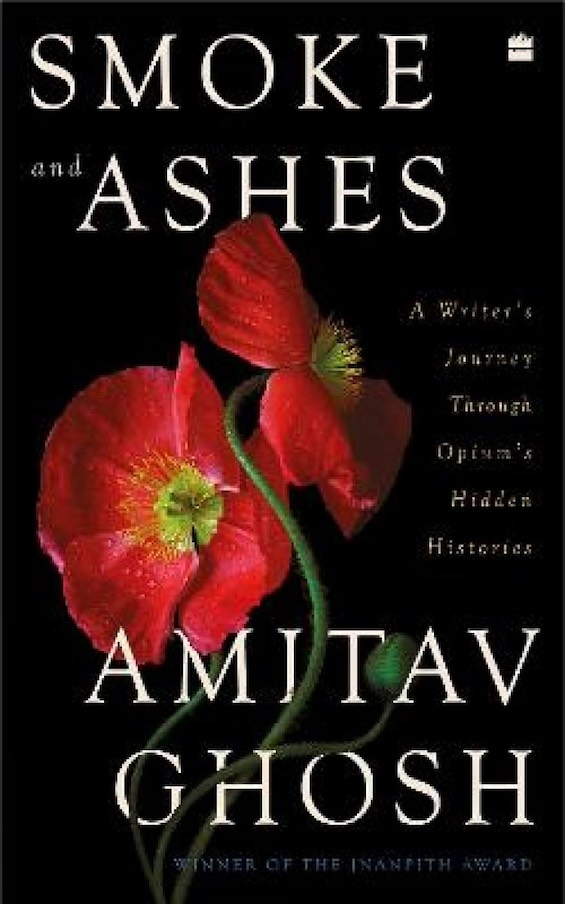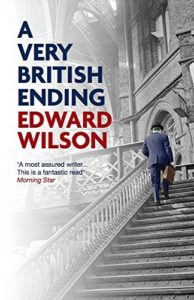
Edward Wilson’s tale of collaboration and treachery among the British, American, and Russian intelligence services spans a series of five novels. A Very British Ending is, fittingly, the fifth. Though a large cast of characters comes into play in the series, including many prominent historical figures, just three men hold starring roles: the CIA’s Kit Fournier, and William Catesby and Henry Bone of MI6.
British intelligence under scrutiny
Edward Wilson is an American transplant who has lived in England since he served in the Vietnam War as a Special Forces officer. Clearly, he was unhappy with American policy there. He does not paint a pretty picture of the CIA. His novels reveal an equally jaundiced opinion of British intelligence. The parade of familiar English turncoats appears again and again in the stories he writes. Double-dealing and treachery are standard fare in these stories. The series also brings into high relief the tension between Catesby, who grew up poor, and his boss, Henry Bone, whose distinguished family reaches centuries into the past. Class conflict is another staple in Wilson’s work.
A Very British Ending (William Catesby #5) by Edward Wilson ★★★★☆
A journey through the post-war years
A Very British Ending spans the years from the war through 1976. Much of the action takes place in the early 1950s, when the extent of Soviet penetration of British intelligence was beginning to surface. Famous English, American, and German characters enter into the tale as well: Prime Ministers Harold Wilson, Edward Heath, and Margaret Thatcher, CIA Director Allen Dulles, and SS General Reinhard Gehlen as well as the spies known as the Cambridge Five.
The book shifts rapidly through the years, in no apparent order. Though the plot is complex, the story centers on the relationship between Catesby and Bone — and follows them through to the end of their careers. A Very British Ending is a satisfying tale of espionage reminiscent of the early works of John le Carre.
For related reading
You might also enjoy my posts:
- The 15 best espionage novels
- Good nonfiction books about espionage
- The best spy novelists writing today
- Top 10 mystery and thriller series
If you enjoy reading history in fictional form, check out 20 most enlightening historical novels. And if you’re looking for exciting historical novels, check out Top 10 historical mysteries and thrillers.
And you can always find my most popular reviews, and the most recent ones, on the Home Page.

